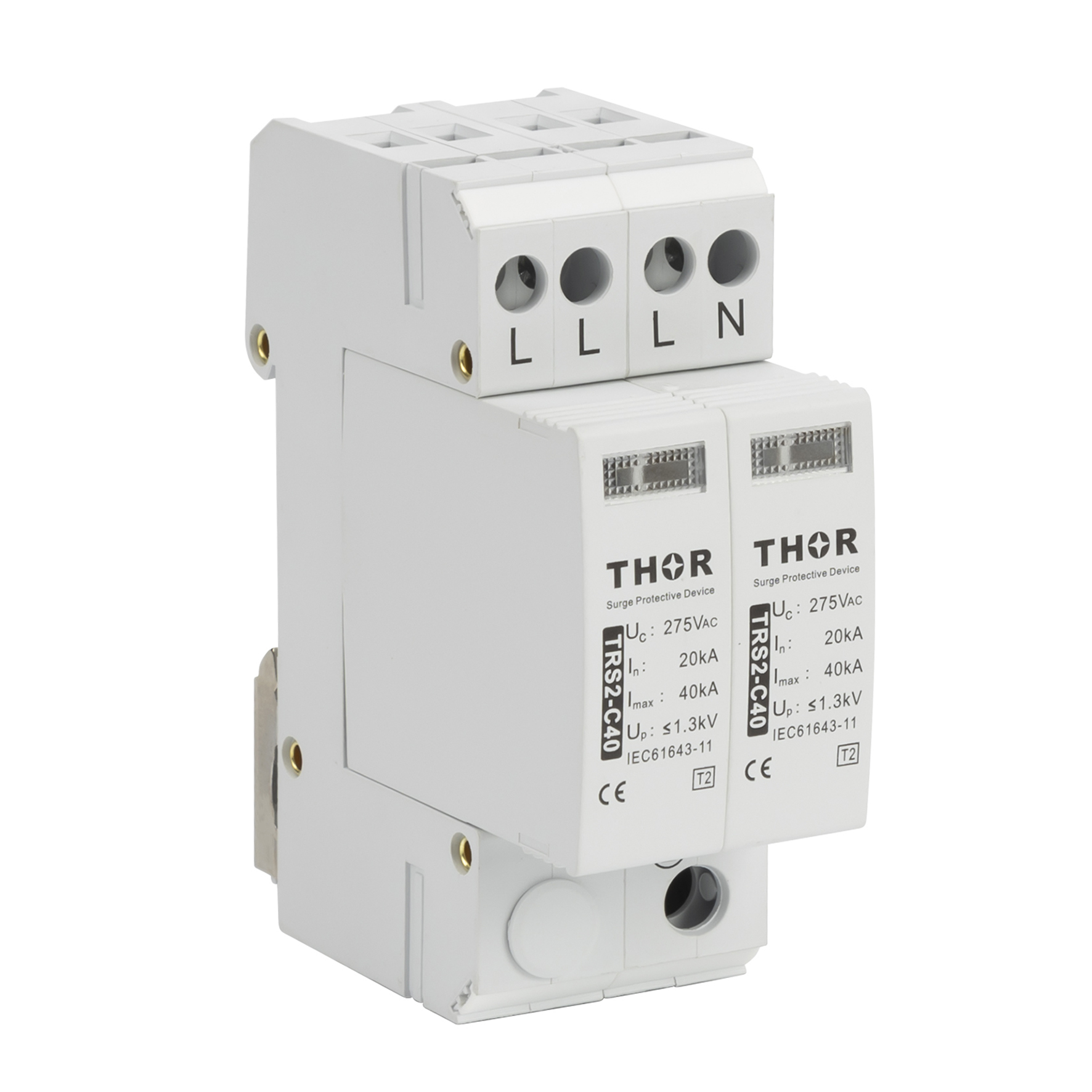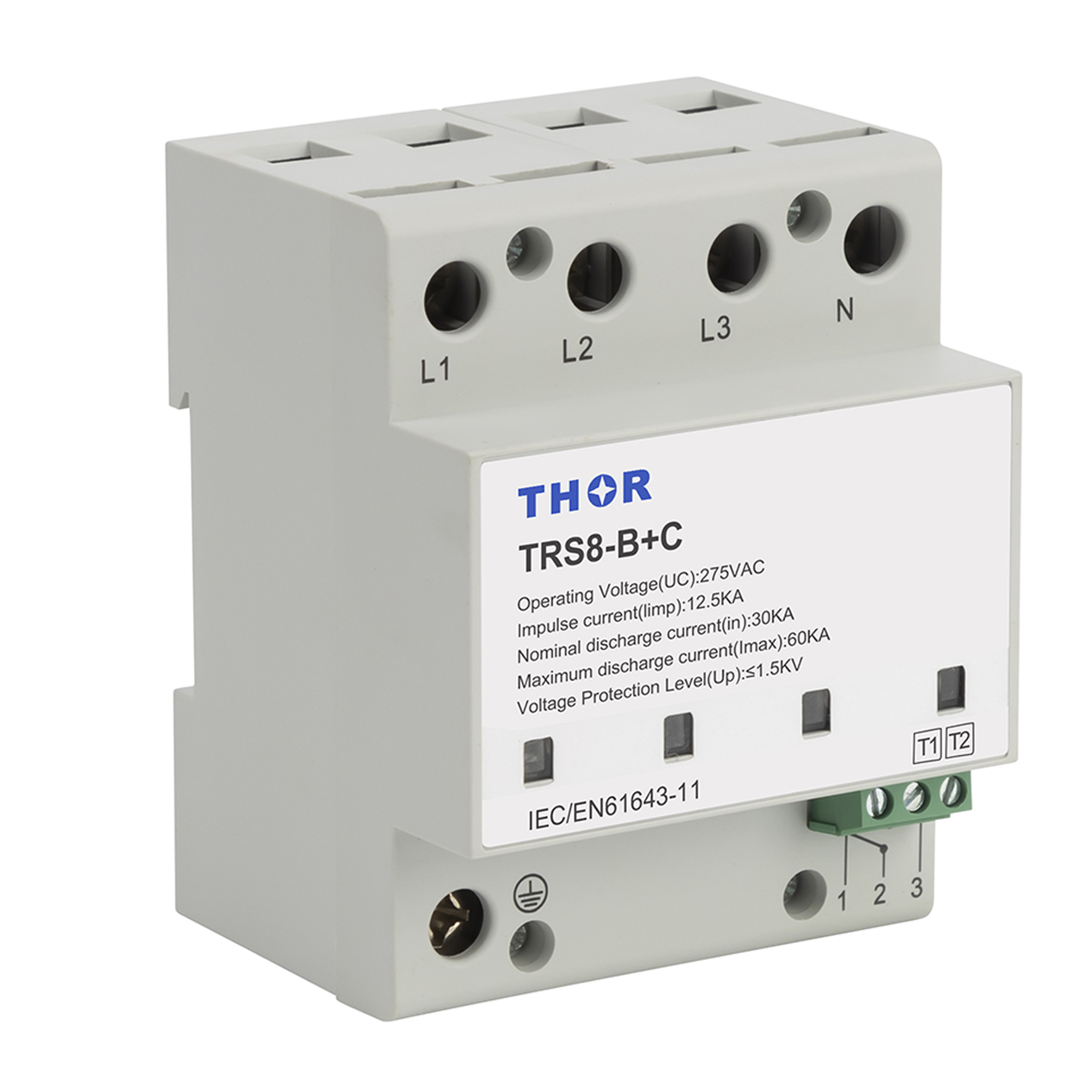Understand your needs
First, identify which devices and systems need to be protected. Whether it is home appliances, precision electronics or industrial equipment, the sensitivity and value of each category is different, which will directly affect the type of protector you choose.
Environmental conditions are also extremely important. For example, areas that are frequently struck by lightning require stronger protection measures. Relatively stable environments may require less surge protection.
In addition, the main purpose of the equipment is also a consideration. Sensitive medical devices or data servers require a higher level of protection than household appliances.
Finally, it is also important to consider the location and method of installation. Some devices may be suitable for a simple plug-in installation, while others may require a more complex integrated installation or even a professional to complete.

Evaluate the surge rating
First of all, the maximum voltage tolerance of the protector refers to the maximum voltage peak that the protector can withstand. For example, a common direct surge protector may be labeled with a maximum voltage of 6000 volts. What you need to consider when choosing is the highest voltage you are likely to experience in your area, which is usually based on historical data records. If the highest historical surge voltage in your area is 4500 volts, then a protector rated above this value is appropriate.
Next, the energy absorption rating, which indicates how much energy the protector can absorb and dissipate in the face of a voltage surge, is usually expressed in Joules. For example, a high quality protector may have the ability to absorb up to 2000 joules. This parameter is particularly important because it is directly related to whether the protector can protect your equipment from damage in the event of a voltage surge.
Finally, there is the response time, which is the time it takes for the protector to activate the protection from the time the voltage surge occurs. The ideal response time should be less than 1 nanosecond (ns). Fast response times ensure that protection is in place before a sharp rise in current, preventing voltage spikes from causing damage to equipment.
For example, one specific data support is that in a typical household setting, the recommended surge protector should have an energy absorption capacity of at least 1000 to 2000 joules and a response time of less than 1 nanosecond to combat common small voltage fluctuations.
Consider response time
The response time of surge protectors is usually measured in nanoseconds (ns). The ideal protector should be able to activate the protection mechanism in less than 1 nanosecond. For example, some high-performance surge protectors on the market have ultra-fast response times of 0.5 nanoseconds, which allows them to react almost instantaneously, providing instant protection for connected devices.
The importance of response time is that it directly affects the effectiveness of surge protectors in protecting sensitive electronic devices. Voltage surges tend to occur in a very short period of time, so the quick response of the protector is key to avoiding damage. In electronic devices such as computers, servers, or medical devices, a difference in response time can mean the difference in whether the device is secure or not.
In the actual selection, the specific use of the equipment and potential risks should be considered. For example, for a data center or medical device, choosing a surge protector with a response time of less than 1 nanosecond can minimize possible data loss or equipment failure due to voltage fluctuations.

Check the voltage protection level
The Voltage protection level is usually expressed as the Clamping Voltage, which is the voltage that the protector limits to pass through when a surge occurs. For example, a common surge protector might be set to a gripping voltage of 330 volts. This means that no matter what the peak voltage of the surge is, the voltage reaching the device through the protector will not exceed 330 volts.
When selecting the appropriate voltage protection level, it is important to consider the voltage tolerance limit of the equipment. Sensitive equipment, such as computers or other precision instruments, usually require a low clamping voltage to ensure safety. In the evaluation, compare the maximum voltage of the device with the clamping voltage of the protector to ensure that the latter is significantly lower than the former, so as to provide adequate protection in the event of voltage surges.
In addition, it is extremely important to know the residual voltage of the protector - that is, the voltage that the device is actually subjected to after a surge. The lower the residual voltage, the better the protection of the device. For example, some advanced surge protectors are designed to control the voltage to 275 volts or less after a surge, providing a higher level of protection.
Compare costs and warranties
First, consider the purchase cost of the surge protector. The price usually depends on the technical specifications of the protector, such as pressure rating, energy absorption capacity and response time. In general, protectors with higher performance specifications will cost more. However, a higher price does not necessarily mean better performance, and it is important to compare how well the price matches the performance. For example, for home use, a top-specification protector may not be required and a product in the mid-price range will meet the needs.
Secondly, the warranty policy is an important standard to measure the quality of the surge protector and the reputation of the manufacturer. Quality protectors usually come with long-term warranties, and some even offer lifetime warranties. The warranty shall cover any manufacturing defects and faults under normal conditions of use. Understanding the warranty in detail and confirming its coverage and duration is especially important to assess the long-term value of the product.
For example, some surge protectors may have a lower price tag but only come with a one-year limited warranty, while slightly more expensive products may come with a full warranty of five years or more. In this case, while the initial investment is higher, longer warranties may mean lower overall maintenance costs and higher reliability in the long run.
